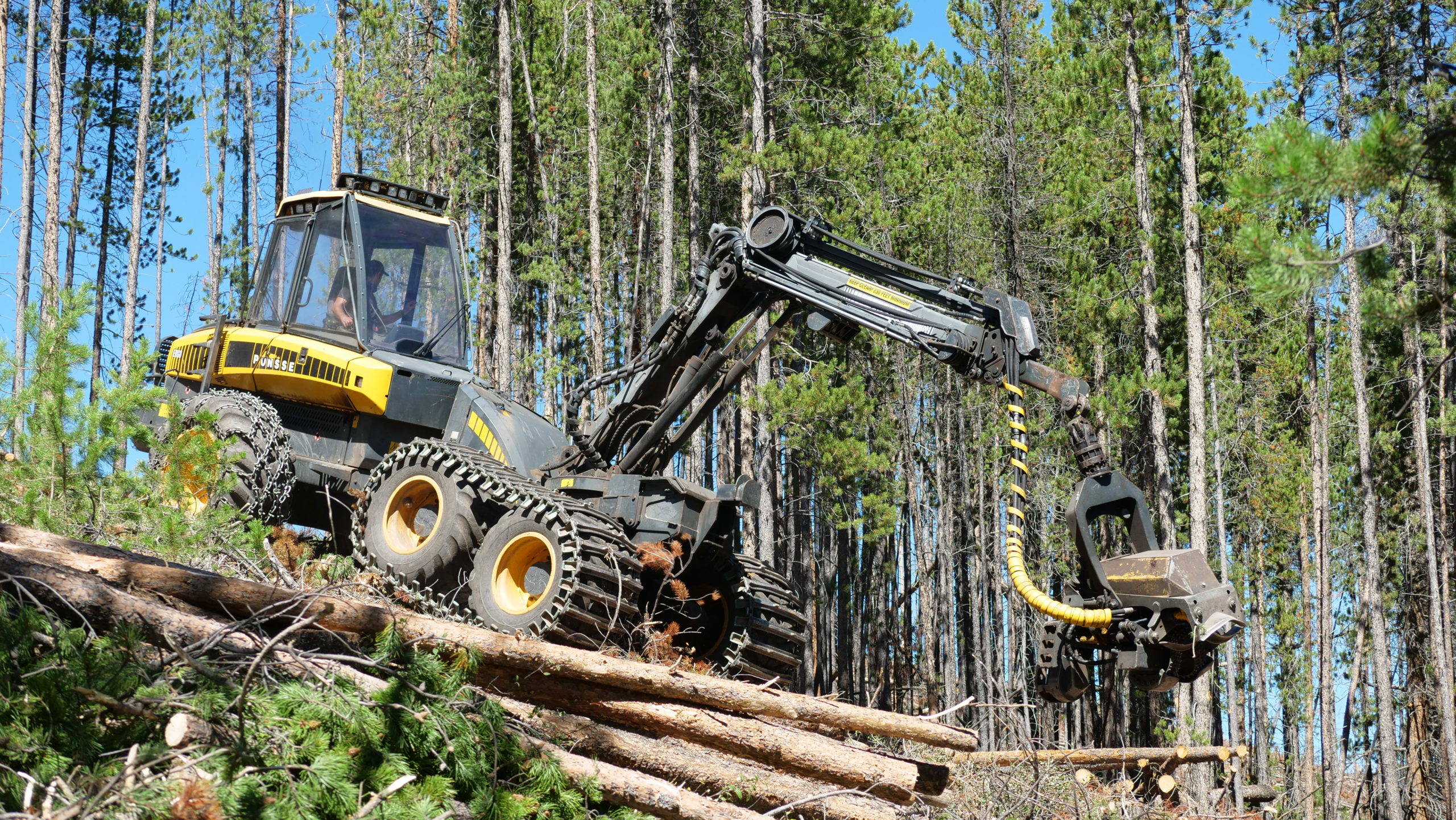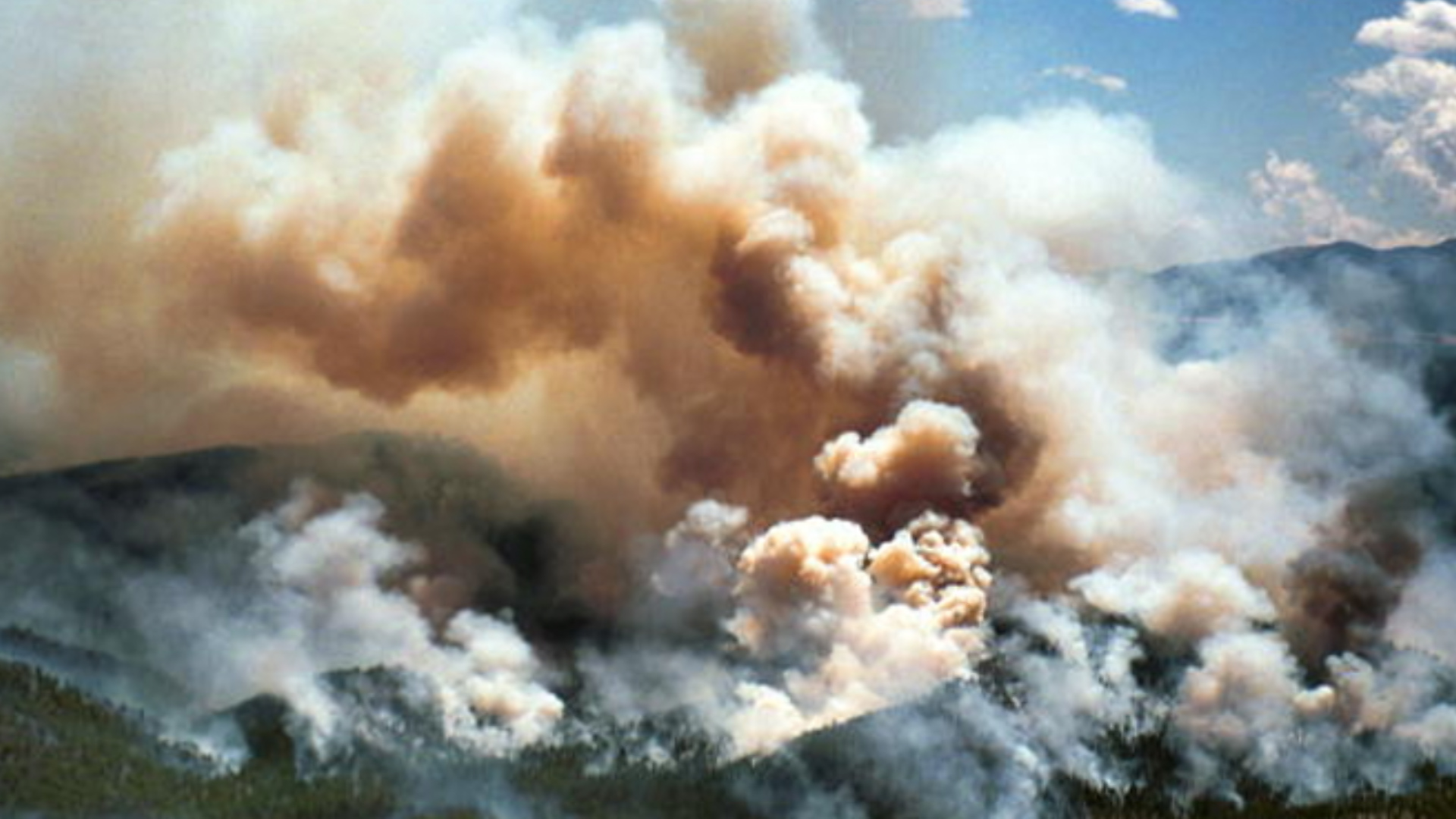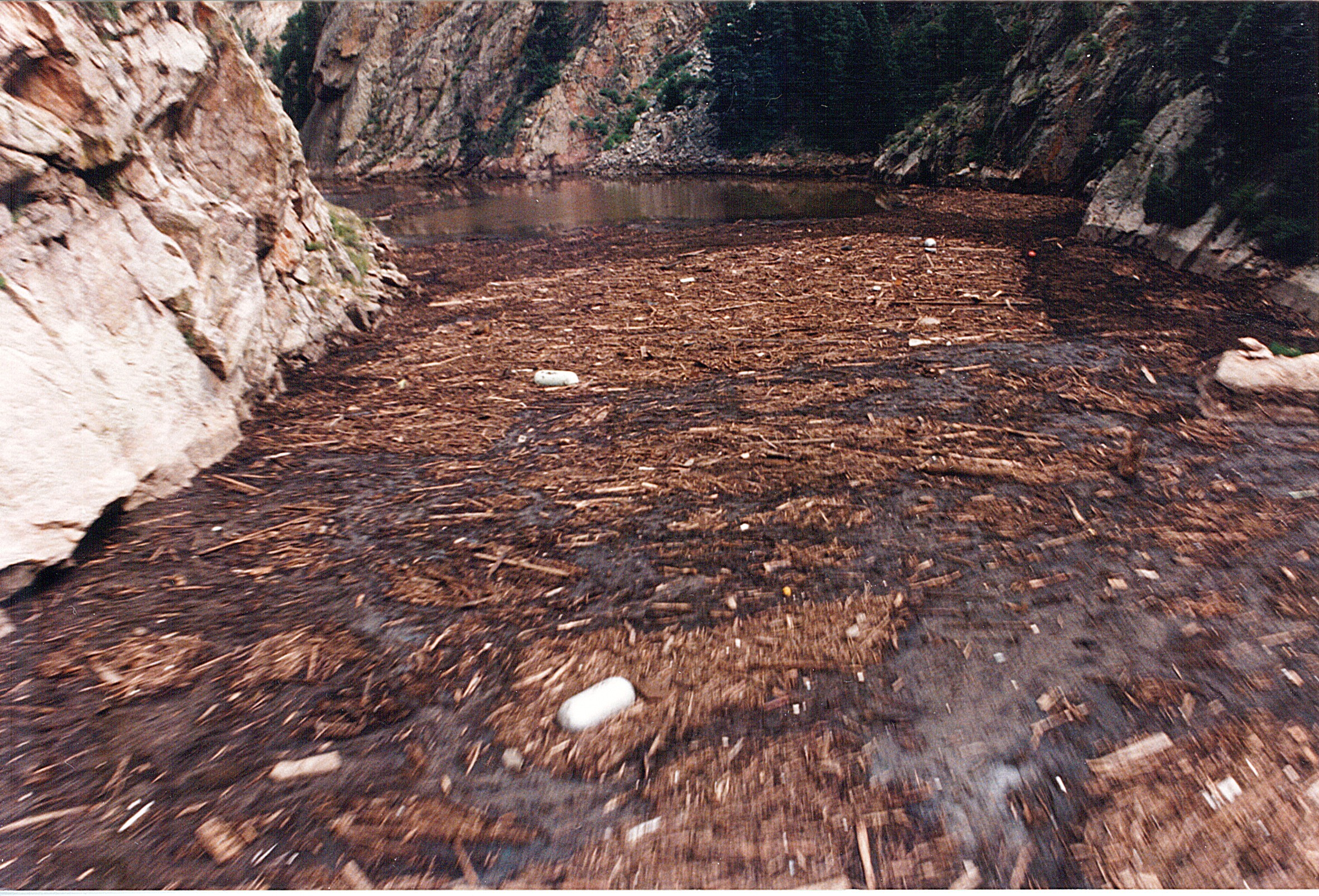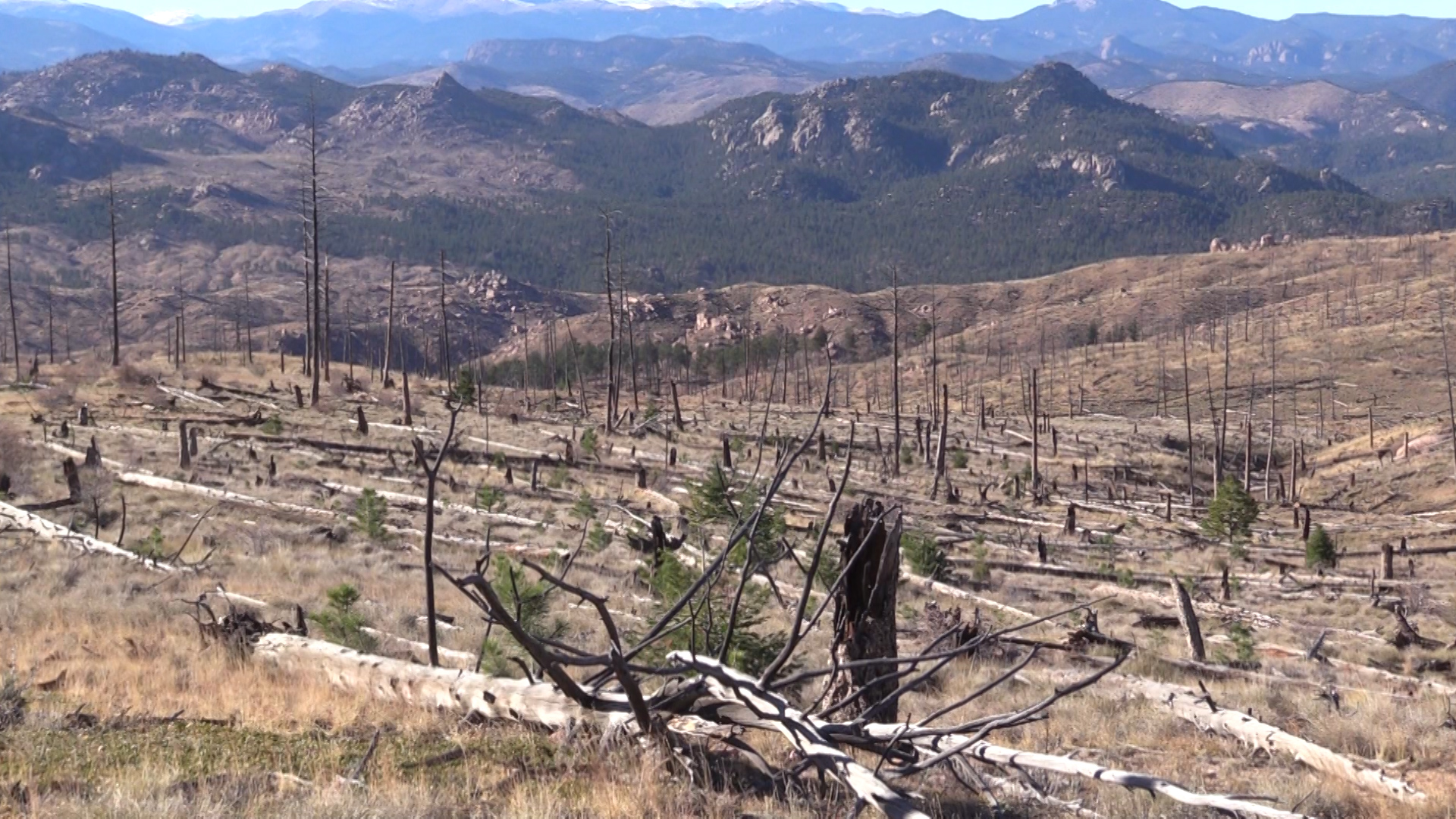
Building a better forest
Editors note: This story was updated July 2023, it was originally published Jan. 19, 2018.
As firefighters work to knock out wildfires burning in Colorado every summer, efforts are also underway to improve forest health and reduce the risk of high-intensity forest fires.
One effort is called From Forests to Faucets, a forest management partnership between Denver Water and the Rocky Mountain Region of the U.S. Forest Service that began in 2010. The partnership also includes the Colorado State Forest Service and the Natural Resources Conservation Service.
As of July 2023, the partners have invested nearly $96 million on forest management projects from its inception in 2010 through work planned into 2027. So far, more than 120,000 acres of forests have been treated in areas where Denver Water collects water, with nearly two-thirds of that within the South Platte Basin. An additional 1.4 million new trees have been planted in areas ravaged by wildfires.
“From Forests to Faucets is a collaborative approach to keep our forests and watersheds healthy,” said Christina Burri, watershed scientist at Denver Water. “Our drinking water starts as rain and snow that passes through mountains and trees, so it’s important to take care of our forests.”
From Forests to Faucets began in response to the costly impacts of the 1996 Buffalo Creek and the 2002 Hayman wildfires. The two fires destroyed 150,000 acres in Denver Water’s South Platte River watershed.
After the fires, flash floods raced through the burn areas and cost Denver Water more than $27 million to repair infrastructure, remove sediment and restore land around key drainages that flow into Strontia Springs and Cheesman reservoirs.
“Those big fires taught us that investing in healthy forests is less expensive than dealing with the after-effects of a catastrophic wildfire,” said Jim Lochhead, CEO/manager, Denver Water. “When trees are destroyed, more sediment flows down the mountains, which causes water quality problems,dam safety concerns and takes up space in our reservoirs.”
Forest thinning treatments funded by the partnership are done in Denver Water’s priority watersheds known as “zones of concern”, across 10 counties in north-central Colorado. The “zones of concern” are sections of overly-dense forestland that are vulnerable to catastrophic wildfires.
If a large fire broke out in a zone, it would have devastating impacts to Denver Water dams, reservoirs, pipes and streams that supply water to the Front Range.
“Over the past 100 years, Colorado’s forests have become overly dense which makes them more prone to catastrophic wildfires,” said Brian Banks, the U.S. Forest Service District Ranger for the Pike/San Isabel National Forest. “When we thin the forests, we are restoring the land to how it looked before people settled here.”
Forest restoration involves three main steps: strategically cutting down trees to create more space and lowers the risk of fires in tree tops; selectively removing trees to reduce the amount of wood available as fuel for fires; and conducting prescribed burns to recycle ground fuels into nutrients which promote plant diversity.
Watch a video with Brian Banks explaining forest health:
“The goal of our treatments isn’t to stop fires, it’s to prevent large catastrophic wildfires,” said Erin Connelly, Pike/San Isabel National Forest supervisor, U.S. Forest Service. “Fires are an important part of the ecosystem, so we want to treat the forests to promote smaller, more frequent fires and prevent large ones that have devastating impacts on communities, wildlife, recreation and water supply.”
Adding the Colorado State Forest Service and the Natural Resources Conservation Service allows forest managers to conduct treatments on non-federal and private lands as well as national forests.
“Forestlands cover all land ownerships across Colorado, and when a fire breaks out, it simply doesn’t respect those boundaries,” said Scott Woods, watershed management forester, Colorado State Forest Service. “It’s important that all landowners work together to manage our forests and reduce the risks of catastrophic wildfires.”
Working together serves as a win-win for all four partners.
“By combining resources, we’re able to treat more acres than we could on our own,” said Brian Ferebee, Rocky Mountain regional forester, U.S. Forest Service. “By building healthy forests, we’re able to help Denver Water protect their resources so they can ensure their customers a reliable source of water.”
The partnership always looks for new, better ways to work.
In the summer of 2020, a large machine that looked a bit like an industrial-sized Mars rover climbed up and down steep terrain in Summit County as part of the Peak 7 Hazardous Fuels Reduction Project. The machine can help thin the forest faster and cheaper than using a helicopter and crews.




